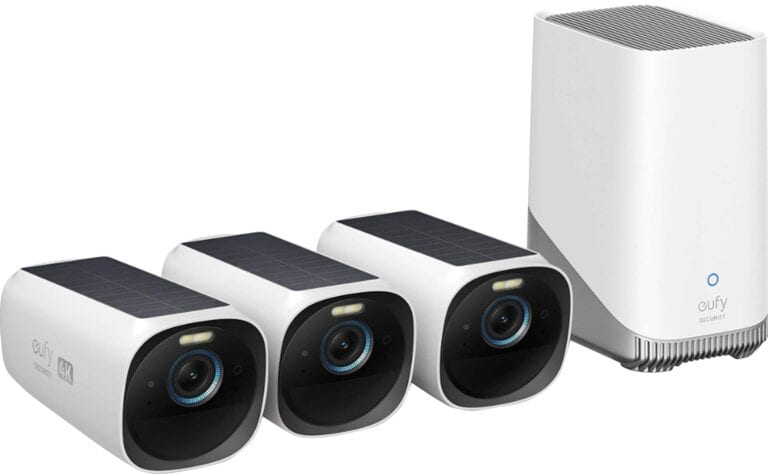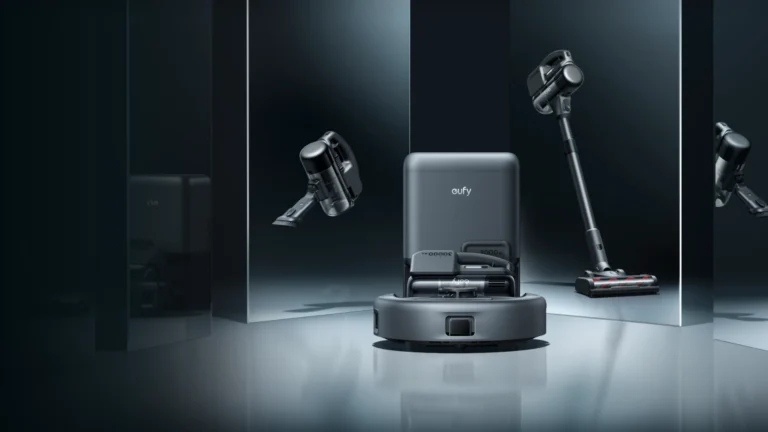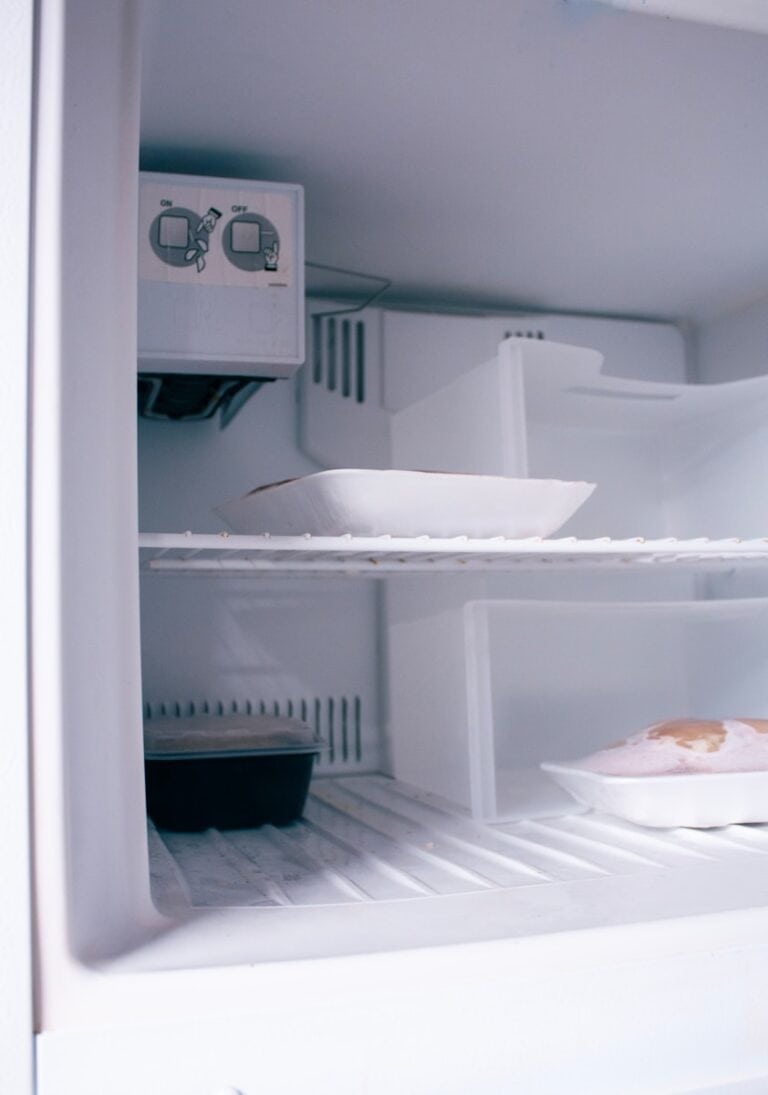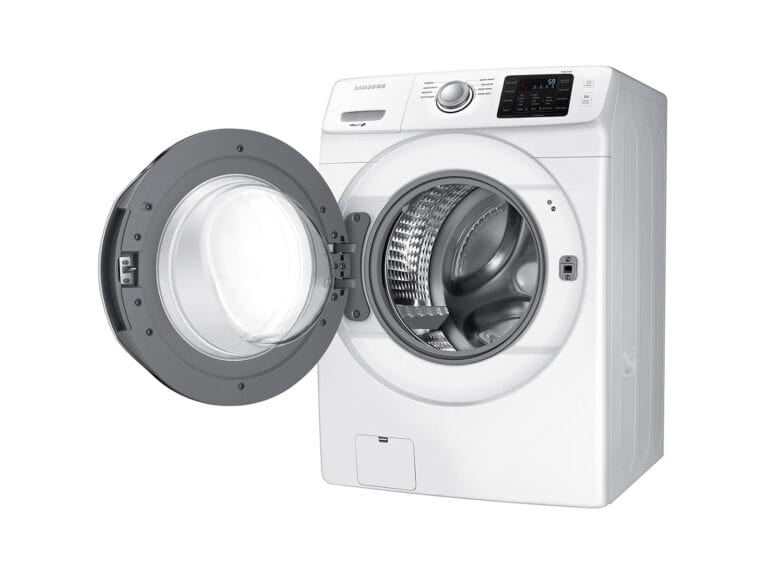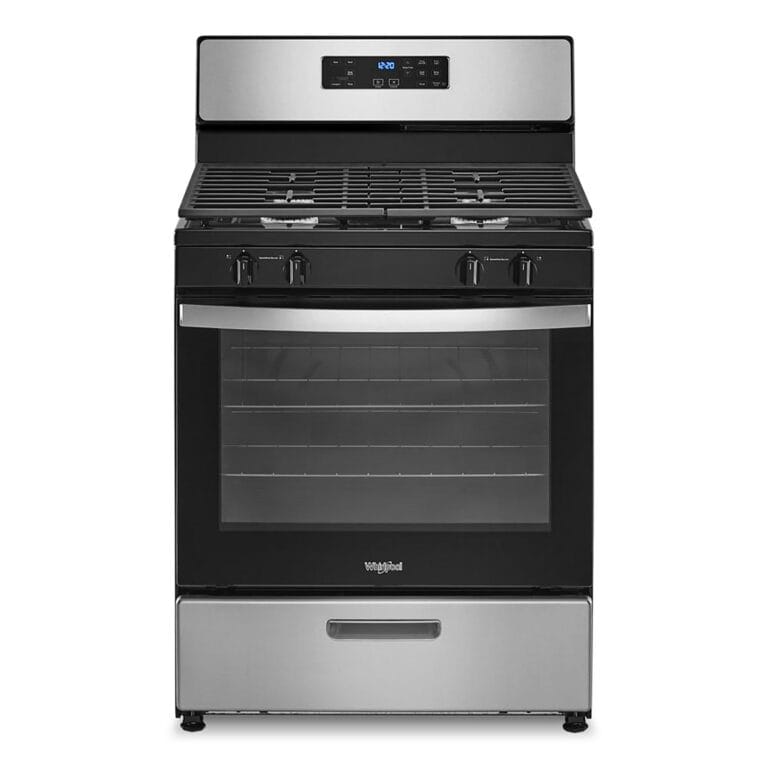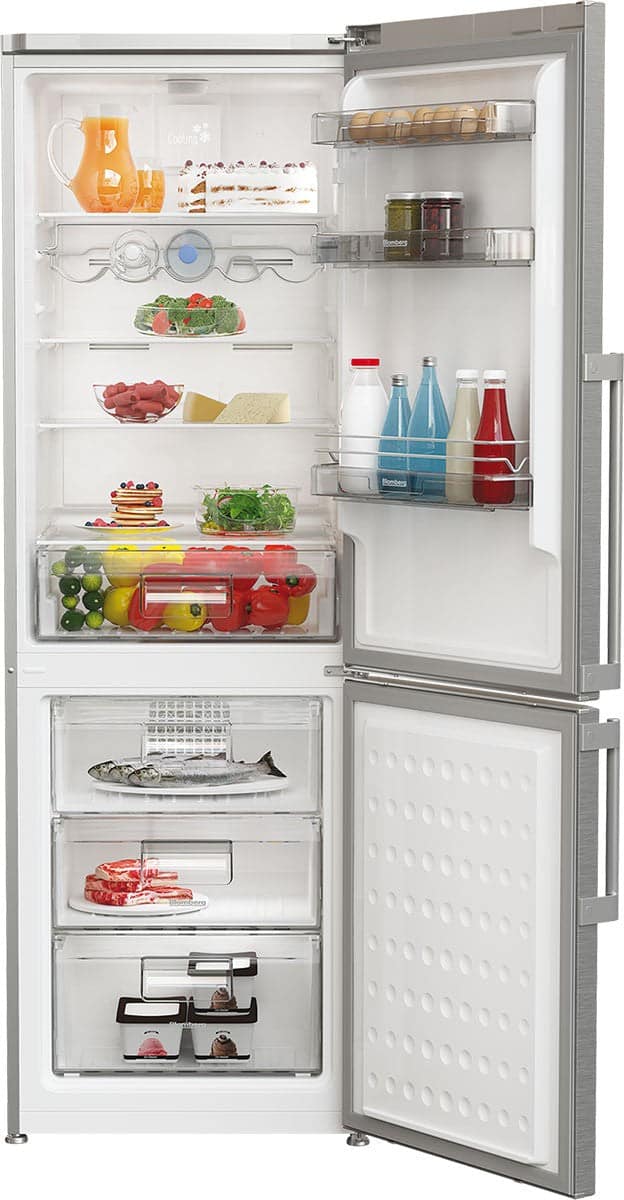
A warm refrigerator and cold freezer can be a frustrating issue for many households. This problem often stems from a malfunction in the cooling system, affecting the refrigerator’s ability to maintain proper temperatures. The most common causes include a faulty evaporator fan, a blocked air vent, or a defective defrost system.
Fixing this issue typically involves a step-by-step approach. First, check the evaporator fan to ensure it’s working correctly. If the fan is faulty, it may need replacement. Next, inspect the air vents for any blockages that could prevent cold air from circulating properly. Clearing these obstructions can often resolve the problem.
If these initial steps don’t work, the defrost system may be the culprit. A malfunctioning defrost timer or heater can cause ice buildup on the evaporator coils, preventing proper cooling. In some cases, a simple defrost cycle can fix the issue. For more complex problems, professional repair may be necessary.
Common Reasons Your Fridge Is Warm but the Freezer Is Cold
When your refrigerator seems warm but the freezer is working just fine, it’s more than a minor inconvenience—it’s a sign that something’s not circulating properly. Modern fridge-freezer combos rely on a shared cooling system that distributes cold air from the freezer to the fridge compartment. If the fridge isn’t getting cold, one or more components in that process may be malfunctioning.
Here are the most common culprits:
| Problem Area | Description |
|---|---|
| Evaporator Fan | Circulates cold air from freezer to fridge. If it fails, fridge warms up. |
| Air Damper | Controls air flow into the fridge. If stuck shut, the fridge stays warm. |
| Defrost System Failure | Ice buildup blocks air flow if defrosting isn’t working properly. |
| Condenser Coils | Dirty coils reduce cooling efficiency overall. |
| Thermistor or Sensor Fault | Gives false temperature readings to the control board. |
| Blocked Vents or Airflow | Overstuffed freezer can obstruct vents leading to the fridge compartment. |
Let’s walk through how to diagnose and fix each issue step by step.
1. Check for Blocked Vents
Before diving into mechanical repairs, start with something simple: airflow. Cold air travels from the freezer into the fridge through small vents, often located near the back or top of the fridge compartment.
What to Do:
- Open both the fridge and freezer doors.
- Inspect air vents for ice buildup, food containers, or debris.
- Move items away from the vents to allow for proper circulation.
If airflow was restricted by storage, the fridge should begin to cool down again within a few hours.
2. Listen for the Evaporator Fan
The evaporator fan is critical—it pulls cold air from the freezer and pushes it into the refrigerator. If this fan fails, the freezer might still be cold, but the fridge won’t benefit.
Symptoms:
- You hear the fan running when the freezer is open (most fans stop when the fridge door opens).
- No noise from the fan while the unit is operating.
How to Check:
- Unplug the fridge.
- Remove the back panel inside the freezer to access the evaporator fan.
- Spin the fan blades manually. If they don’t turn freely, the motor may be seized.
- Check for frost buildup that may be jamming the fan.
Fix:
- If the fan is stuck or not spinning, it likely needs replacing. Evaporator fan motors typically cost $30–$70 and are replaceable with basic tools.
3. Inspect the Air Damper
In many models, especially side-by-sides and top-freezer units, an air damper regulates the flow of cold air from freezer to fridge. If it’s stuck closed or malfunctioning, your fridge won’t get cool air.
How to Test:
- Feel for cold air near the damper vent in the fridge. If it’s not blowing while the fan is on, it may be stuck.
- Remove the damper cover (usually behind a plastic grill) and inspect for ice or broken parts.
Solution:
- If there’s ice buildup, allow the fridge to defrost fully for 24 hours.
- If the damper motor isn’t responding, it may need to be replaced.
4. Look for Frost on the Evaporator Coils
Heavy frost or ice on the evaporator coils usually indicates a defrost system failure. The evaporator coils are supposed to defrost automatically at regular intervals. When this fails, ice builds up and blocks airflow.
| Component | Function | What Can Go Wrong |
|---|---|---|
| Defrost Timer | Controls defrost cycles | May stop initiating defrost |
| Defrost Heater | Melts ice on coils | May burn out |
| Defrost Thermostat | Monitors temperature to allow defrost | Can fail and cut power to the heater |
How to Check:
- Open the freezer back panel.
- If you see a solid wall of frost, the defrost system isn’t working properly.
Fix:
- You can test each component with a multimeter:
- Heater should have continuity.
- Thermostat should be closed when cold.
- Timer can be manually advanced in some models to trigger a defrost cycle.
5. Clean the Condenser Coils
Dust and pet hair can insulate the condenser coils, which prevents the refrigerator from releasing heat properly. This makes the compressor work harder and less efficiently, leading to cooling problems.
Steps:
- Unplug the fridge.
- Access the coils (usually behind the kickplate at the bottom or at the back).
- Use a coil brush or vacuum cleaner to remove buildup.
Aim to clean the coils every 6 months to keep the system efficient.
6. Test the Thermistor or Temperature Sensor
The thermistor monitors the internal temperature and sends readings to the control board. If it reports the wrong temperature, the system may shut down the cooling prematurely.
Symptoms:
- Fridge compartment feels warm despite freezer being cold.
- Control panel settings don’t reflect the actual temperature.
How to Check:
- Use a multimeter to test resistance across the thermistor.
- Compare readings at various temperatures to the manufacturer’s specs.
Fix:
- Replace the thermistor if readings are out of spec. This is an inexpensive part and usually easy to swap.
Quick Reference: Troubleshooting Chart
| Symptom | Likely Cause | Quick Fix |
|---|---|---|
| Fridge warm, freezer cold | Evaporator fan not working | Replace fan motor |
| No airflow in fridge | Blocked air damper or vent | Clear vents or replace damper |
| Frost buildup in freezer | Defrost failure | Test heater, thermostat, timer |
| Fridge always running, not cold | Dirty condenser coils | Clean coils |
| Inaccurate fridge temperature | Faulty thermistor | Replace thermistor |
Addressing a warm fridge with a cold freezer is usually fixable without needing a brand-new appliance. Identifying which component is responsible for the airflow breakdown is the key—and many repairs can be handled by confident DIYers with a few basic tools.
Key Takeaways
- Check and replace the evaporator fan if necessary
- Clear any blockages in the air vents
- Consider running a manual defrost cycle or seek professional help for defrost system issues
Understanding Refrigerator Functions
Refrigerators rely on a complex cooling system to maintain optimal temperatures. The evaporator and condenser coils play crucial roles, while proper airflow ensures efficient cooling throughout the appliance.
Roles of Evaporator and Condenser Coils
Evaporator coils absorb heat from inside the refrigerator. These coils contain refrigerant that changes from liquid to gas as it absorbs heat. This process cools the air around the coils.
Condenser coils release heat outside the refrigerator. They change the refrigerant back into a liquid, expelling heat in the process. This cycle repeats continuously to maintain cool temperatures.
Regular cleaning of both coil types is essential. Dust and debris can reduce their efficiency, leading to cooling problems.
Importance of Airflow in Cooling Efficiency
Proper airflow is vital for a refrigerator’s cooling system. Cold air must circulate freely to maintain consistent temperatures throughout the appliance.
Vents between the freezer and refrigerator compartments allow cold air to flow. Blocking these vents can cause uneven cooling. It’s important to avoid overpacking the refrigerator.
The evaporator fan plays a key role in air circulation. If this fan fails, the freezer may remain cold while the refrigerator warms up. Regular maintenance checks can help prevent such issues.
Good air circulation also prevents frost buildup on evaporator coils. This ensures the cooling system operates at peak efficiency.
Common Causes for Warm Fridge and Cold Freezer
Several issues can lead to a refrigerator compartment being warm while the freezer remains cold. These problems typically stem from malfunctions in the defrost system, air distribution components, or door seals.
Defrost System Malfunction
A faulty defrost system can cause ice buildup on the evaporator coils. This ice prevents proper air circulation, leading to a warm fridge. The defrost timer, thermostat, and heater are key components that can fail.
The defrost timer controls the defrost cycle. If it doesn’t switch to defrost mode, ice accumulates. A malfunctioning defrost thermostat fails to signal when defrosting is needed. A broken defrost heater can’t melt the frost.
Testing these parts with a multimeter can identify the culprit. Replacing the faulty component often solves the issue.
Faulty Air Distribution Components
Air distribution problems can result in uneven cooling. The evaporator fan and damper control assembly play crucial roles in this process.
A failed evaporator fan motor doesn’t circulate cold air from the freezer to the fridge. This causes the refrigerator section to warm up. Unusual noises or lack of airflow indicate a fan issue.
The damper control assembly regulates cold air flow between compartments. If stuck closed, it restricts cold air to the fridge. A clicking sound when adjusting temperature settings may signal a damper problem.
Inspecting and replacing these components can restore proper air distribution.
Door Seal Issues
Compromised door seals allow warm air to enter the refrigerator. This makes the fridge work harder and less efficiently.
A faulty gasket creates gaps between the door and frame. Look for visible damage, such as tears or deformation. Test the seal by closing the door on a dollar bill. If it slides out easily, the gasket needs replacement.
Ensure the refrigerator is level. An uneven appliance can prevent the door from closing properly. Use a level tool to check and adjust the legs if necessary.
Clean the gasket regularly to prevent debris buildup that can compromise the seal. Replace damaged gaskets to maintain an airtight closure.
Diagnostic Steps
Identifying the root cause of a warm refrigerator with a cold freezer requires a systematic approach. These steps will help pinpoint common issues affecting refrigerator performance.
Checking the Defrost Cycle
The defrost cycle plays a crucial role in maintaining proper refrigerator temperature. A malfunctioning defrost system can lead to ice buildup on the evaporator coils, blocking cold air flow.
To check the defrost cycle:
- Unplug the refrigerator
- Locate the evaporator coils (usually behind the back panel in the freezer)
- Remove any ice buildup manually
- Plug the unit back in and monitor for 24-48 hours
If ice reforms quickly, the defrost timer or defrost thermostat may be faulty. These components control when and how long the defrost cycle runs. A technician can test and replace these parts if necessary.
Inspecting the Evaporator Fan and Motor
The evaporator fan circulates cold air from the freezer to the refrigerator compartment. A non-functioning fan can cause temperature discrepancies.
To inspect the fan:
- Listen for fan noise when the door is opened
- Check for obstructions blocking the fan blades
- Test fan blade rotation by hand (should spin freely)
If the fan doesn’t run or spins with difficulty, the evaporator fan motor may need replacement. This job typically requires professional assistance due to its location and electrical connections.
Testing Temperature Sensors and Thermostats
Temperature sensors and thermostats regulate cooling cycles. Faulty sensors can cause the refrigerator to run too warm or too cold.
To test these components:
- Use a multimeter to check continuity of the temperature sensor
- Compare readings to manufacturer specifications
- Inspect wiring for any visible damage or loose connections
The temperature control thermostat can also be tested with a multimeter. If either component shows incorrect readings, replacement is necessary. Proper calibration of new sensors is essential for optimal performance.
Repair and Replacement Procedures
Fixing a warm fridge and cold freezer often involves addressing issues with key components. The following procedures cover common repair and replacement tasks to restore proper cooling.
Addressing Defrost Component Issues
Check the defrost heater assembly for functionality. Use a multimeter to test for continuity. If the heater fails the test, it needs replacement. Unplug the refrigerator and locate the heater in the freezer compartment. Disconnect the wiring harness and remove any mounting screws or clips. Install the new heater in the reverse order.
Next, inspect the defrost control board. Look for signs of burning or damage. If faulty, replace the entire board. Disconnect power and remove the board from its housing. Transfer any wiring connections to the new board and secure it in place.
Test the defrost thermistor with a multimeter. A faulty thermistor can prevent proper defrost cycles. Replace if resistance readings are off. Carefully remove the old thermistor and install the new one in the same location.
Replacing Damaged Door Seals
Examine the door gaskets for tears, gaps, or deformation. Clean the seals with mild soap and water to remove any debris. If cleaning doesn’t resolve the issue, replace the gaskets. Start at one corner and gently pull the old seal away from the door. Clean the channel thoroughly.
Apply a thin bead of silicone adhesive to the channel. Press the new gasket into place, working slowly around the perimeter. Ensure a tight fit at the corners. Close the door and let the adhesive set for 24 hours before use.
Check door alignment and adjust hinges if needed. Loose hinges can prevent a proper seal. Tighten any loose screws and realign the door if it doesn’t close evenly against the frame.
Servicing the Cooling System
Inspect the refrigerator damper control assembly. This regulates cold air flow from the freezer to the fridge. If stuck closed, the fridge won’t cool properly. Clean or replace the damper if faulty. Access may require removing shelves or interior panels.
Test the refrigerator temperature control thermostat. Set it to maximum cold and listen for a click. If it doesn’t respond, replace the thermostat. Disconnect power, remove the control knob, and unscrew the mounting plate. Install the new thermostat and reconnect wiring.
Check the refrigerator compressor for proper operation. Listen for a steady hum and feel for vibration. If the compressor isn’t running, test the start relay and overload protector. Replace these components if faulty. Compressor replacement typically requires professional service due to its complexity.
Frequently Asked Questions
Refrigerator and freezer temperature discrepancies can stem from various issues. Understanding common problems and troubleshooting steps helps homeowners address cooling concerns effectively.
What causes the refrigerator compartment to warm up while the freezer remains cold?
A faulty defrost system often leads to this issue. The defrost heater may malfunction, causing ice buildup on the evaporator coils. This blocks cold air flow to the refrigerator section.
A broken evaporator fan motor can also cause this problem. The fan fails to circulate cold air from the freezer to the fridge compartment.
Which steps should be taken to troubleshoot a refrigerator with a warm cooling area but a cold freezer?
Check the evaporator fan motor first. Listen for its operation when the refrigerator door is opened. If silent, the motor may need replacement.
Inspect the condenser coils for dust buildup. Clean them thoroughly to improve cooling efficiency.
Test the defrost timer and thermostat. Replace if faulty to restore proper defrosting cycles.
What are common issues that lead to a warm refrigerator section in a side-by-side fridge and freezer combo?
Damaged door seals allow warm air to enter the refrigerator compartment. Inspect and replace worn gaskets to maintain proper temperature.
A malfunctioning damper control assembly can restrict cold air flow from the freezer to the fridge section.
How can airflow problems lead to a discrepancy in temperature between the fridge and freezer compartments?
Blocked air vents in the freezer prevent cold air from reaching the refrigerator. Clear any ice or food items obstructing these vents.
An overloaded refrigerator impedes air circulation. Rearrange items to allow proper airflow throughout the compartment.
Are there DIY fixes for a refrigerator that is warm while the freezer is operating correctly?
Clean the condenser coils. This simple task can improve overall cooling performance.
Check and clean the drain pan. A clogged drain can affect temperature regulation.
Adjust the temperature settings. Ensure the refrigerator is set to the manufacturer’s recommended temperature.
What should be checked first if the freezer is cold but the refrigerator is not cooling efficiently?
Examine the thermistor. This sensor controls the compressor and fan speeds. A faulty thermistor can cause cooling issues in the refrigerator compartment.
Verify the cold control functioning. This thermostat regulates the refrigerator’s temperature. Replace if defective.

